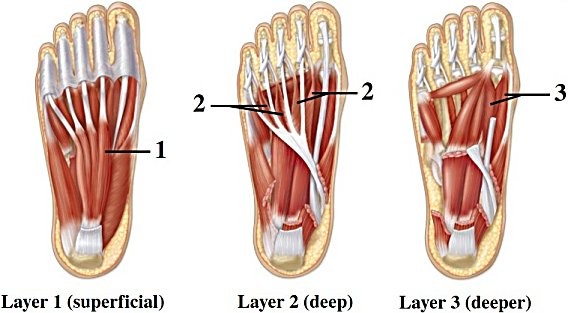Which of the following statements concerning bursae is true?
A. They are filled with air.
B. They are a cellular cushion.
C. They carry blood vessels to joints.
D. They are formed by an extension of the synovial membrane.
E. They bind tendons to ligaments.
D
You might also like to view...
Active hyperemia refers to
a. arteriolar dilation in response to local chemical changes that accompany increased metabolic activity of the tissue b. local arteriolar mechanisms that are aimed at keeping tissue blood flow fairly constant in spite of wide deviations in mean arterial driving pressure c. the increase in blood flow to a tissue that occurs after removal of an occlusion of its blood supply d. maintaining adequate mean arterial pressure to drive blood forward into a tissue e. none of the above
Smooth muscle responds to action potentials by ______.
A. an all-or-nothing reaction to the action potentials B. a slow contraction in response to a series of action potentials
 These figures show the intrinsic muscles of the right foot. What muscle does number 3 indicate?
These figures show the intrinsic muscles of the right foot. What muscle does number 3 indicate?
A. Abductor digiti minimi B. Flexor digitorum brevis C. Plantar interossei D. Lumbricals E. Flexor hallucis brevis
What can help prevent clots from forming in undamaged blood vessels?
A. Smooth endothelium of blood vessel walls B. Prothrombin activator C. Heparin from basophils and mast cells D. Both heparin and a smooth endothelium are correct.